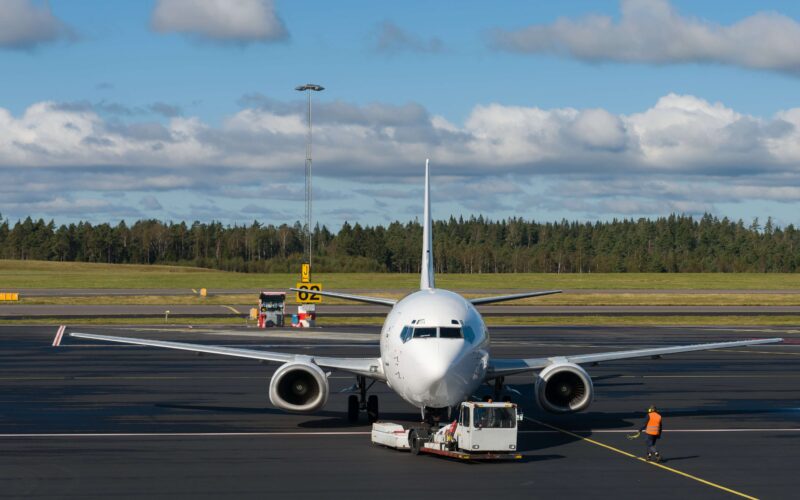Instead of owning planes, airlines can turn to the alternative of leasing aircraft. The aircraft leasing market has grown rapidly since its inception in the 1970s when airlines started to look at alternative sources to grow and finance their aircraft fleet.
Over time, many leasing alternatives have been established, including dry lease, damp lease, hybrid lease, and ACMI (wet lease).
But how do we distinguish between dry and wet (ACMI) leasing? AeroTime explains.
Dry lease versus wet lease: what are the main differences?
A dry lease agreement sees a lessor providing the aircraft to a customer, usually an airline, without crew or insurance for a set period of time.
According to the International Air Transport Association (IATA), dry leasing is where the lessor provides an aircraft, but the lessee will be required to make sure it has its own crew, maintenance and insurance. The aircraft is operated on lessee’s own air operator’s certificate (AOC).
The most prominent dry lease companies include AerCap, Air Lease Corporation, Avolon, SMBC Aviation Capital.
Wet leasing is also known as ACMI, which stands for Aircraft, Crew, Maintenance, and Insurance. The ACMI model first appeared in the early 1990s with most ACMI providers based in Europe and North America. ACMI providers include Atlas Air, SmartLynx Airlines, Avion Express, and ABX Air.
According to European Union regulations and the International Air Transport Association (IATA), ACMI leasing is where the lessor provides an aircraft with crew, maintenance and insurance. The aircraft is also operated under the lessor’s air operator’s certificate (AOC).
Meanwhile, according to the United States Federal Aviation Administration (FAA), ACMI in aviation is “any leasing arrangement whereby a person agrees to provide an entire aircraft and at least one crew member”.
Wet and dry lease: pros and cons
Leasing aircraft provides several advantages. This includes the almost immediate availability of planes, little to no down payment, and a company does not need to worry about disposing of an aircraft after it wears down.
With dry leasing, the airline must take care of its own crew, aircraft maintenance, and insurance. Furthermore, the airline is responsible for crew training, maintenance costs, union contracts, and staffing at airports. While this sounds like a lot to consider, the main advantage of dry leasing is that the airline has complete control of the flying experience.
According to commercial mortgage banking firm Assets America, dry lease makes sense only when the airline already has its own crew and AOC.
If the airline has little time to take care of difficulties in managing its own crew or maintaining the aircraft, a wet lease is designed to be a time saving option for many carriers. Wet leasing could also allow you to fly into countries where you’re banned from operating.
The option of wet leasing also allows the carrier to supplement its service when its capacity is lagging. However, the airline has no control over the flying experience.
A wet lease arrangement can be short-term or long-term, usually lasting from two months to a couple of years. In comparison, dry lease arrangements typically last upwards of two years.
The aviation industry, including the aircraft leasing market, experienced a decline at the height of the COVID-19 pandemic. However, aircraft leasing – particularly the ACMI sector – is expected to play a large part in the post-pandemic recovery. Leasing is a flexible and cost-effective way to boost an airline’s fleet and resources after an almost two-year hiatus.

